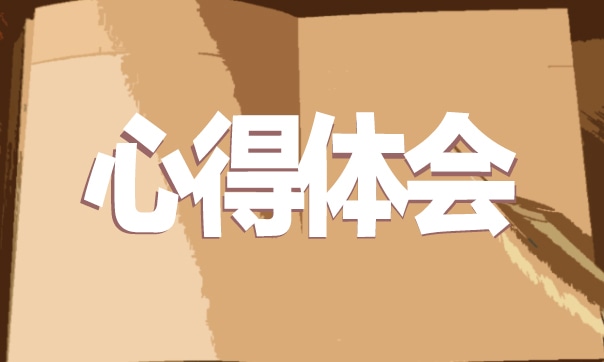cold dish and hot dish. Appetizers have specific flavors, mainly salty or sour. They are few in amount but high in qualities. Different from Chinese dinners, the second course of Western dinner is soup. Western soup can be divided into four kinds, clear soup, cream soup, vegetable soup and cool soup which can be divided into more kinds. The third course of a Western dinner is non-stable dish. It contains all kinds of fresh water fish and salt water fish, a variety of shellfish and mollusks. Usually, aquatic products, eggs, bread is called non-stable dish. The fourth course of Western dinner is the main course, which contains meat and bird species. They are served with different kind of sauces. The fifth course of Western dinner is dishes made of vegetables. Westerners often eat raw vegetables, so vegetables are often made into salad. But some vegetables are cooked such as cauliflowers, chips and boiled spinach. The six course of Western dinner is dessert, such as pudding, pancakes, ice cream, cheese and fruits. The last course contains beverage, coffee or tea. (Lin 2009, 90)
2 3Conclusion
China and Western countries are very different in dietary cultures but both of them have their strengths. With the progress of globalization, Chinese cultures and Western cultures are reconciling gradually. Now lots of Western foods such as, hamburger and sandwich have entered into Chinese markets. Fast food restaurants like KFC and McDonald are common in every city of China. Chinese food has also entered Western countries. These two cultures are improving in the process of conflicting. Now most Chinese pay more attention to the nutrition of food and cooking methods are becoming more and more scientific. At the same time, Western countries begin to pay attention to the color, incense taste and shape of food, which get closer to Chinese food. Chinese and Western dietary cultures will develop in the continuous communication, and people all around the world will be able to enjoy more delicious and more nutritious food.
References
Gu, Feifei. 2011. Zhongxi yinshi wenhua chayi [The differences between the Chinese
and the Western dietary cultures]. Shangye Wenhua (10): 144-145
Guo, Qianqian. 2010. Zhongxifang yinshi wenhua duibi yanjiu [A study on the
contrast of the Chinese and Western dietary cultures]. Shangpin yu Zhiliang (10): 94
Han, Jingjuan. 2011. Zhongxifang yinshi wenhua chayi [The differences between the
Chinese and the Western dietary cultures]. Yuwen Xuekan (4): 73-74
Jin, Huikang. 2003. Yinghan wenhua Lǚyou [A travel on the Chinese and English
cultures].Guangzhou: Guangdong Lǚyou Chubanshe
Ji, Xiaofeng. 2011. Qianxi zhongxifang yinshi wenhua chayi [An analysis of the
differences between the Chinese and the Western dietary cultures]. Nongye yu Jishu (2): 127-129
Jiang, Yan. 2007. Zhongxifang yinshi wenhua chayi yuanyi fenxi jiqi yanjiu yiyi [The
cause of the dietary differences between China and the West and the significance of the study]. Hubei Jiaoyu Xueyuan Xuebao (4): 60-61
Li, Changlei. 2000. Yingmei wenhua bolan [A scan of the American and English
cultures]. Beijing: Shijie Tushu Chubanshe
Li, Haifang. 2009. Qianxi zhongxifang yinshi wenhua chayi [An analysis of the
differences of the Chinese and Western dietary cultures]. Kua Shiji (4):25 Lin, Meiyong. 2009. Qiantan zhongxifang yinshi wenhua chayi [A brief analyze of
the dietary differences between China and the West]. Qingnian Wenxuejia (4):90 Lin, Yutang. 1998. Shenghuo de yishu [The art of life]. Beijing: Waiyu Jiaoxue yu
Yanjiu Chubanshe
Lu, Qiutian. 2002. Yiwei zhongguo dashi yanzhongde dongxifang siwei chayi [The
different thinking patterns between China and the West in a Chinese
ambassador's eyes]. Shanghai: Shanghai Xinhua Chubanshe
Pang, Ying. 2011. Cong chengyin fangmian tanxi zhongxifang yinshi wenhua chayi
[An analysis of the differences of the Chinese and Western dietary cultures from the causes]. Anhui Wenxue (2): 268-269
Xue, Maixi. 2001. Min Shi Juan [Human’s eating]. Taiyuan: Shanxi Renmin Chubanshe
Xu, Wanbang. 2005. Zhongguo yinshi wenhuazhong de shenmei [The aesthetic in
Chinese dietary culture]. Neimenggu Daxue Yishu Xueyuan Xuebao (3):68-69 Yang, Xiaohong. 2004. Zhongxifang yinshi wenhua chayi [The differences of dietary
cultures between China and the West]. Dangdai Lǚyou(5):36
Zhang, Yahong. 2009. Zhongxifang yishi wenhua chayi yiji canzhuo liyi de duibi [The
comparision of the differences of the Chinese and Western dietary cultures and the table manners]. Bianjiang Jingji yu Wenhua(4):74-75
Zhao, Rongguang. 2003. Zhongguo yinshi wenhua gailun [An introduction of Chinese
dietary cultures]. Beijing: Beijing Gaodeng Jiaoyu Chubanshe
Power by YOZOSOFT





